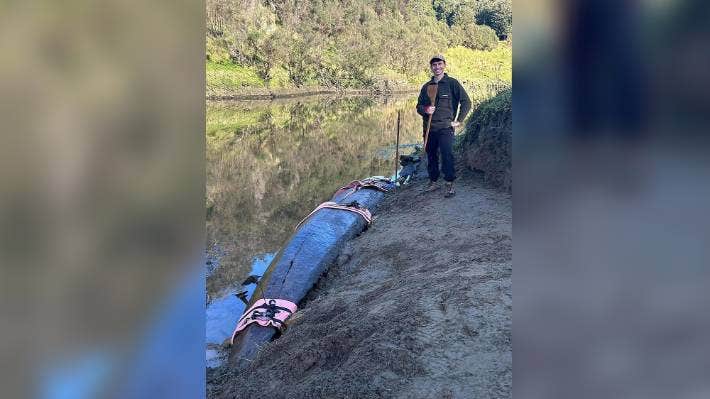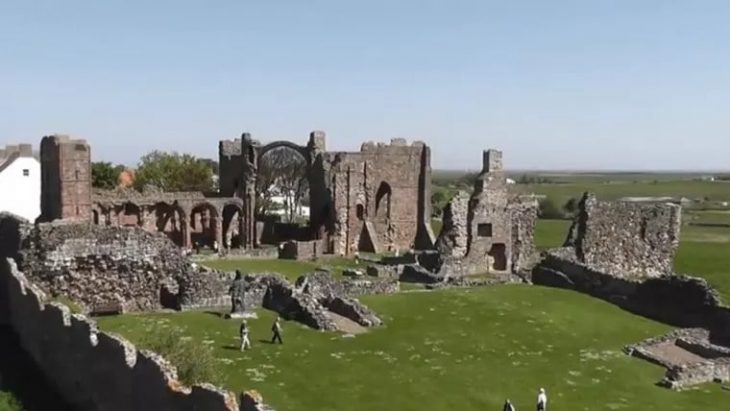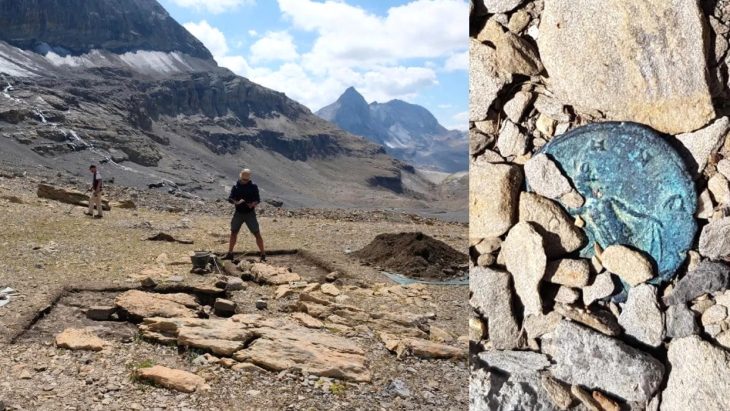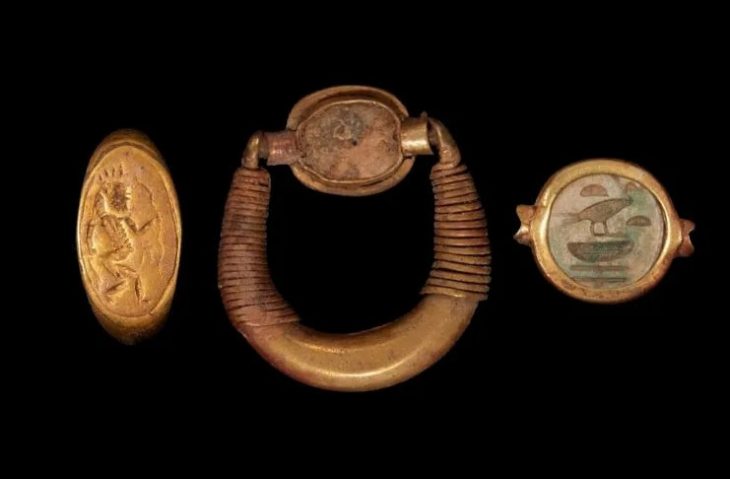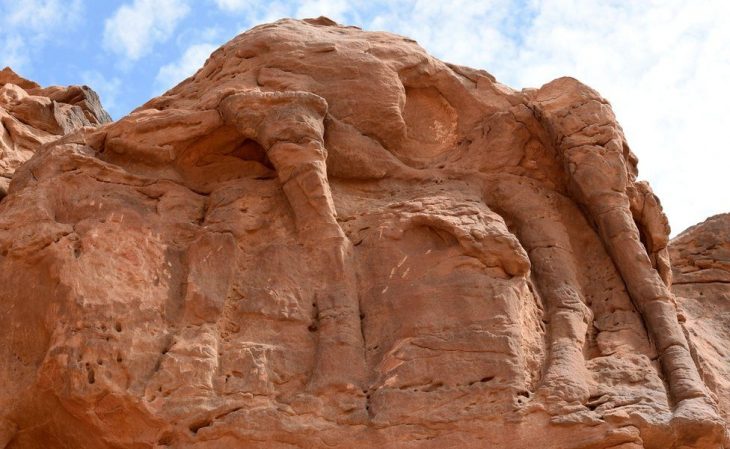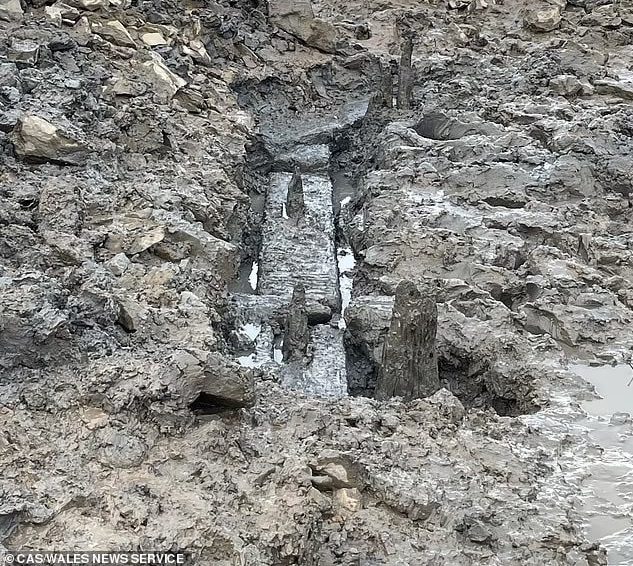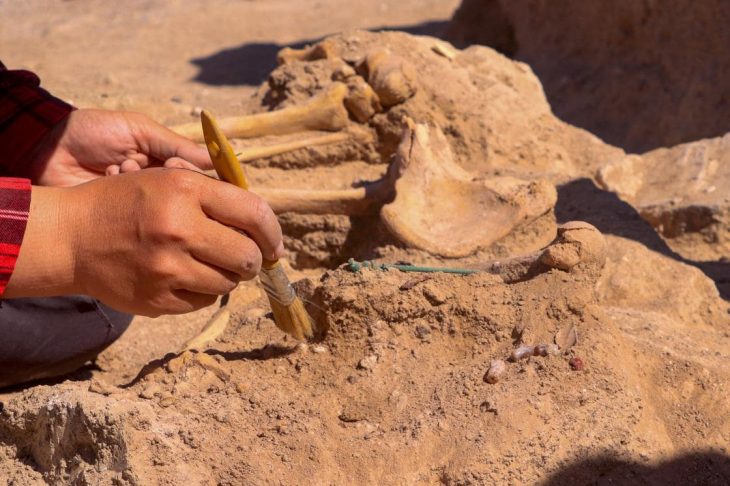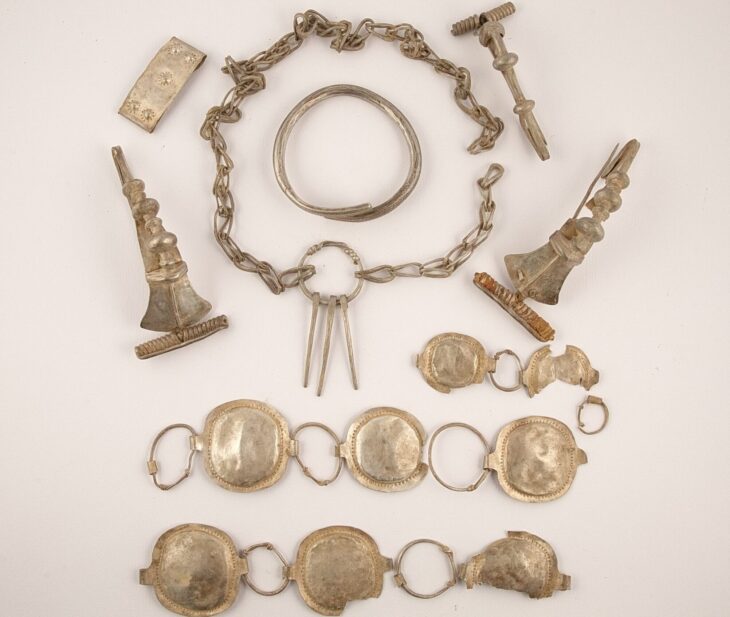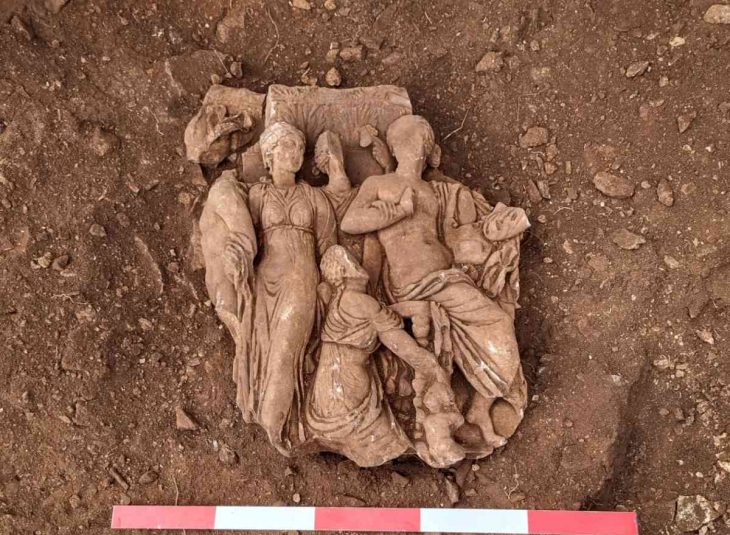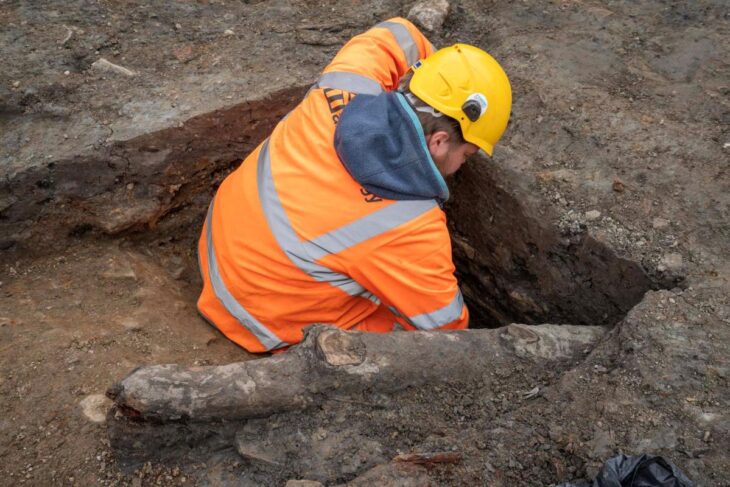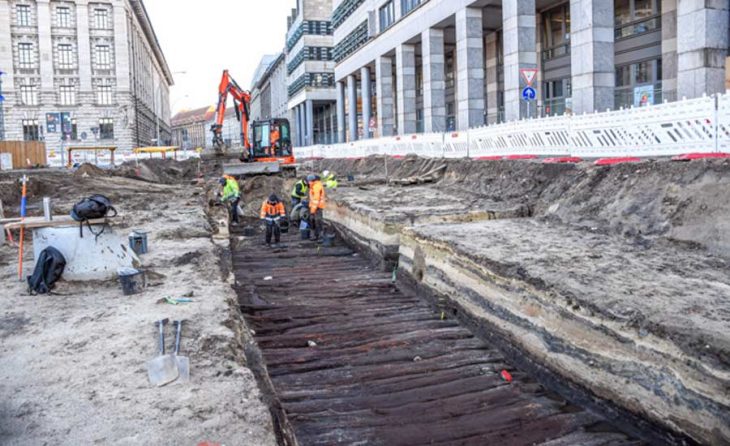A waka -the traditional canoe of the Maori people- believed to be over 150 years old has been salvaged from the Pātea River in the Taranaki region of western New Zealand.
The rare find is being described as a valuable link to the heritage of local iwi, Te Pakakohi, Ngāti Ruanui, and Ngā Rauru.
Local people have speculated that waka was intentionally hidden by their Maori ancestors to prevent it from being confiscated by the British colonial government in the 19th century.
The waka was discovered last week by contractors for Manawa Energy, which owns the Pātea hydro scheme, who were walking along the riverbanks to monitor eels in the river below the dam.
The waka, which is 8 meters, long lifted out on Wednesday by helicopter, accompanied by waiata and karakia. It was stuck in the mud at the river’s edge, easily identifiable because of its long, curved shape.
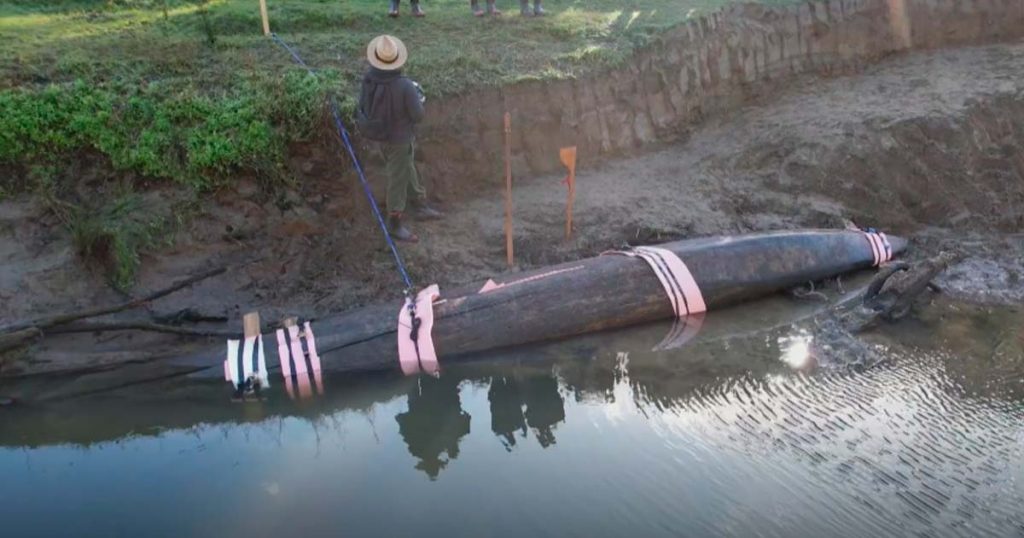
Darren Ngarewa, a South Taranaki Māori historian said that to identify that it was tawhito (ancient) Māori, told Te Ao Maori News “was to see that it was made of tōtara. Very lucky because I worked in the native nursery for 10 years so I could identify the tōtara and tōtara trees that have been missing from this area for a long long time.
“I knew as soon as I saw it was tōtara that it was from a much older era but I also noticed that it was across from our old pā site of Kuranui.
Kuranui Pā settlement was almost wiped out by land confiscation and the imprisonment of its men during the New Zealand wars.
Archaeologist Ivan Bruce of New Plymouth described it as a miracle find. “It’s a hugely important find for them, Kuranui is a very important site, and it’s a very sad story.”
“This is not the standard fishing canoe, we have just found the hull, it would have had carvings and barge boards too.”
It would have been made from a single piece of totara, and taken a huge amount of energy to create, he said.
Conversations about the waka’s future were yet to be had, but “the hope is that it will end up in Aotea Utanganui, the South Taranaki museum”.

